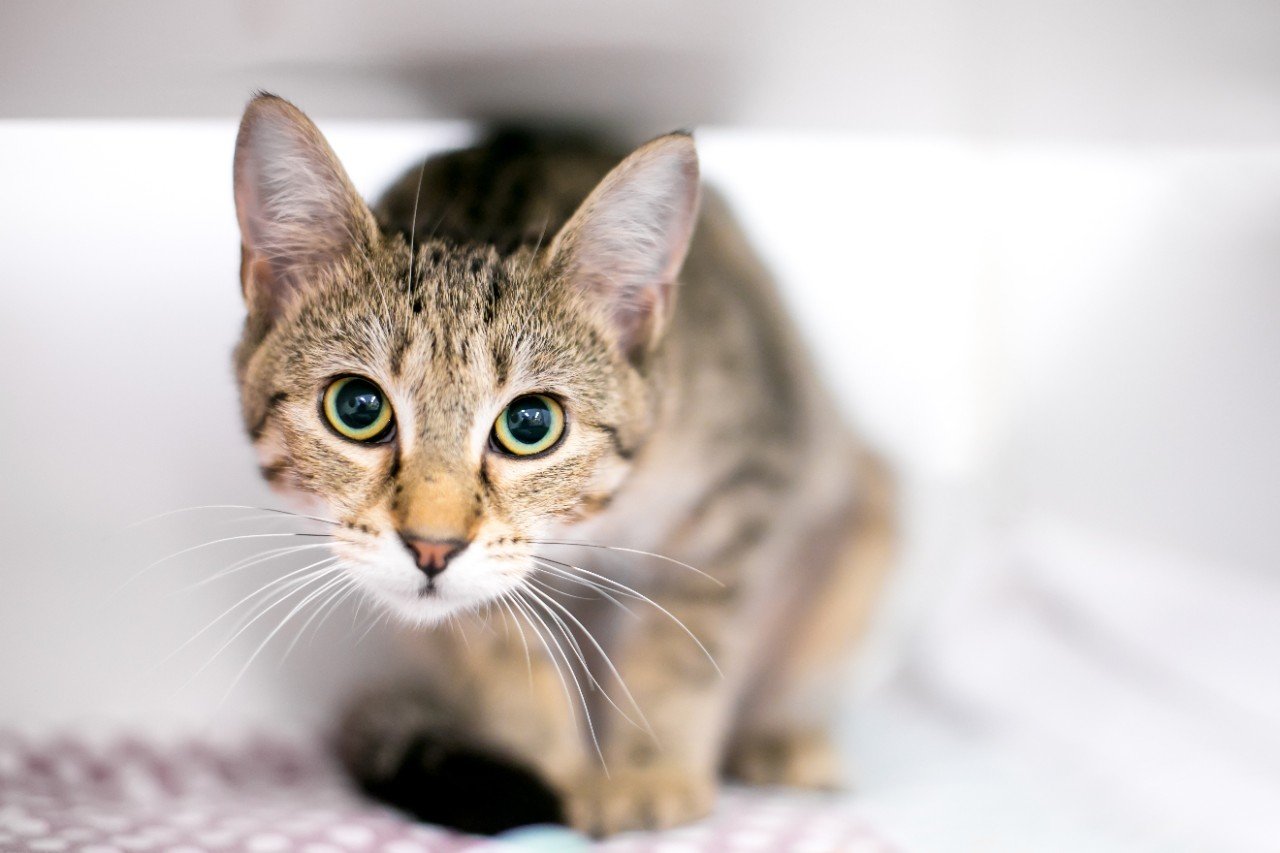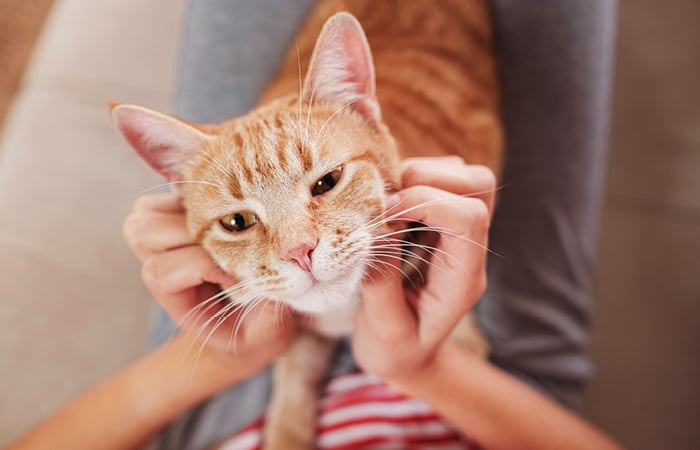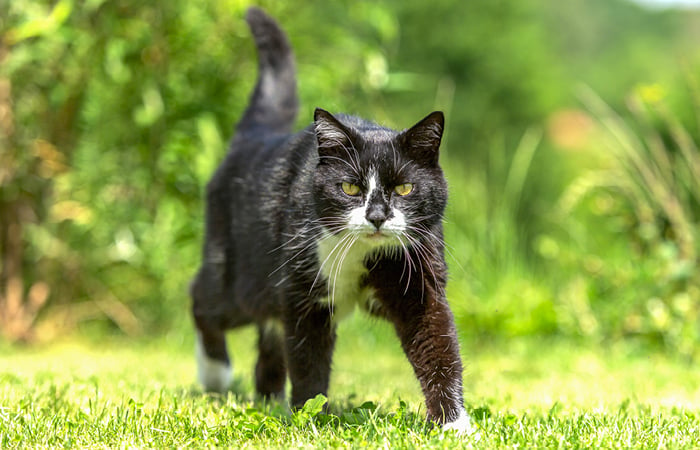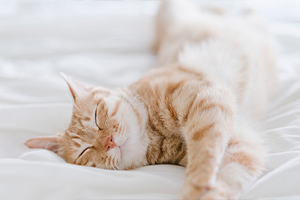Grooming your dog regularly not only helps them look and feel their best, but is also great for their health. The benefits of grooming dogs include allowing you to check them for parasites, as well as any injuries, skin allergies or lumps and bumps that are hidden under their fur.
It’s also an opportunity to remove dead hair, dandruff and any dirt and debris your dog hasn’t been able to shake off, such as grass seeds lodged in their paws or ears. Plus, if you learn how to groom your dog at home instead of (or as well as) taking them to a professional groomer, it can be a great bonding experience for you both.














